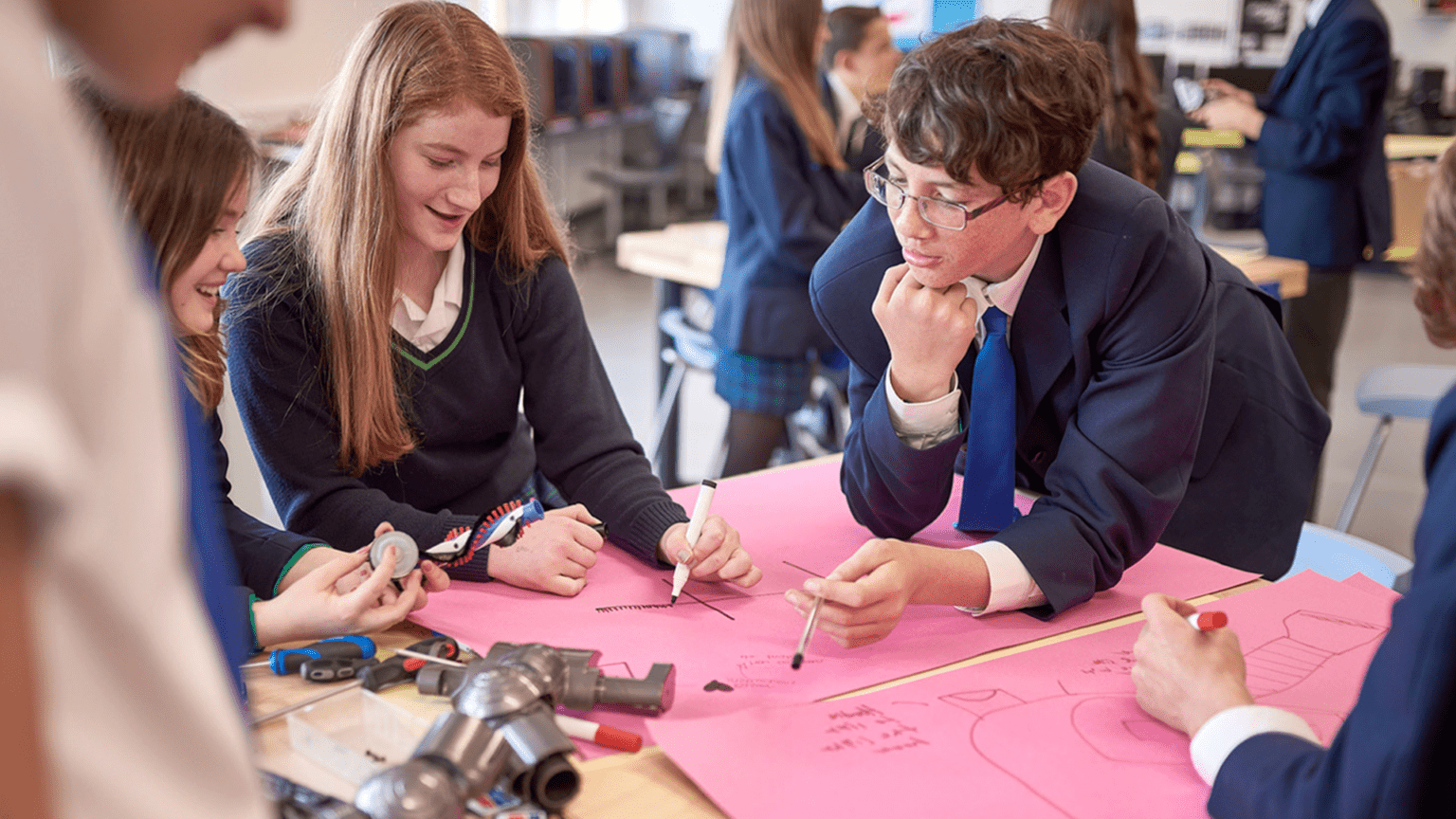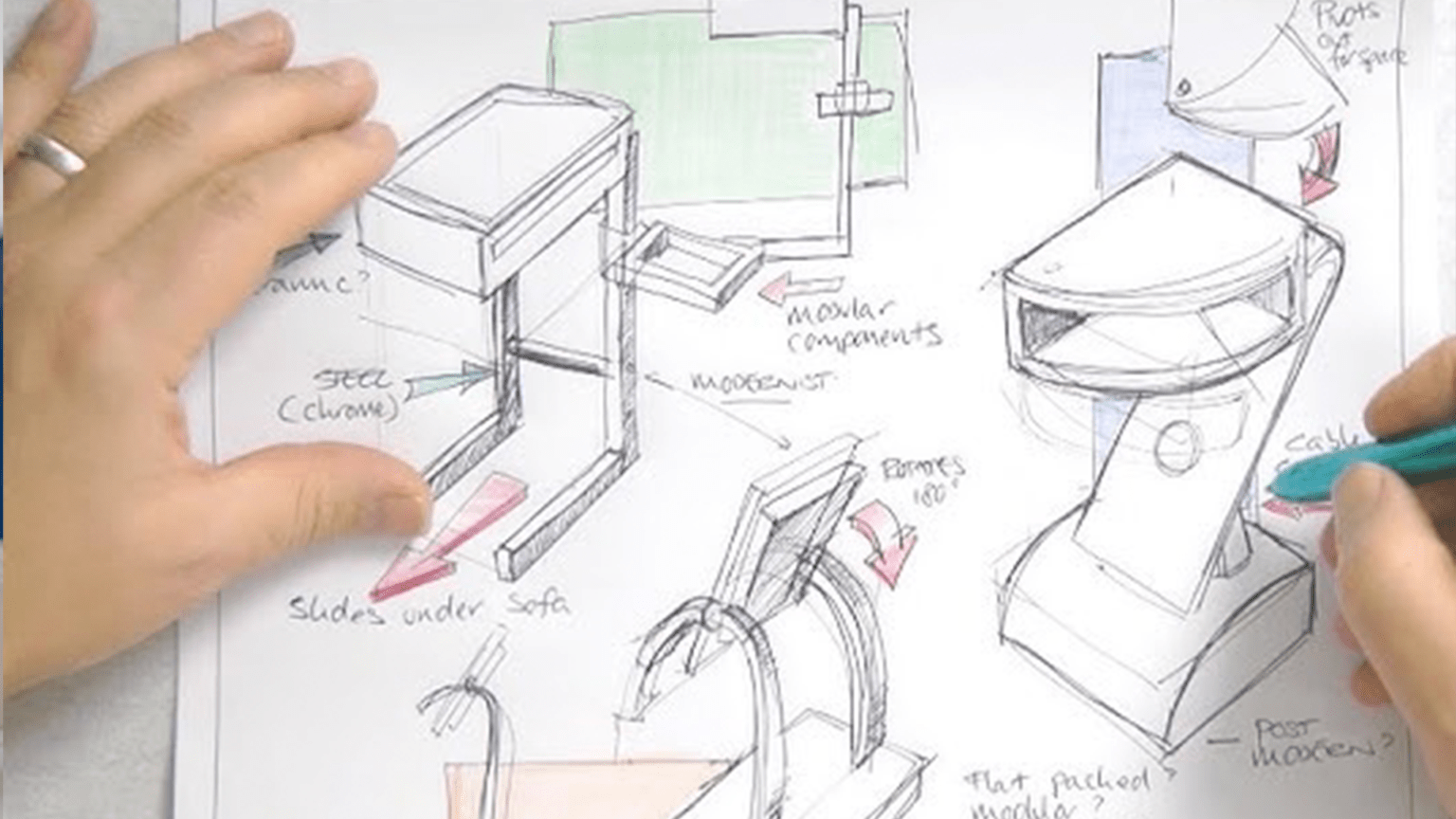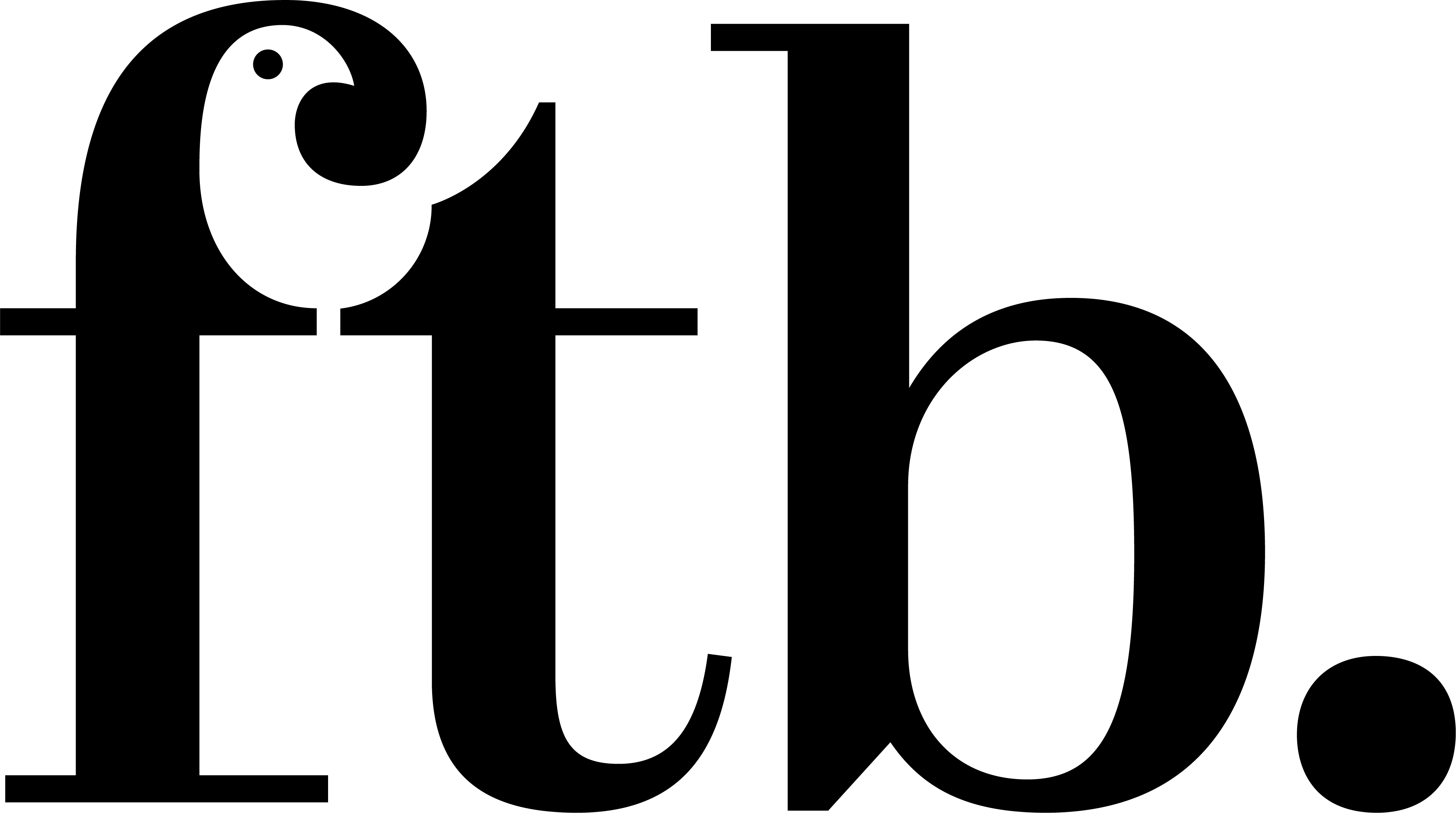Beautiful Thinking.

One of our agency’s most beloved mantras is that everything not made by nature, has been designed. Beautiful, essential, inspiring design surrounds us every day, and it is increasingly being taken for granted.
Typically we utilise our newsletter to shine a spotlight on a Beautiful Thinker; someone who represents something inspirational and deeply meaningful to a member of our team. However this month we would like to throw our support behind a goal of leading design organisations – spearheaded by the Design Council – to ensure that our future is filled with Beautiful Thinkers.
Our creative industries are crying out for support in ensuring that young minds are given the opportunity to express their creativity. To develop and put to the test their real world problem-solving skills so that moving forward in their careers, they may put it into practice.
It is something which our team feels incredibly passionately about, and not just because of the power that the design sector holds – it contributes more than £100 billion a year to the UK’s GDP – but because of what it means for the wellbeing of young minds to be able to indulge in creativity. It is why our charity partner and the benefactor of our Beautiful Thinking fragrance is CREATE, a charity that empowers young people via the creative arts.
However the significant contribution to our economy by the design sector is being affected by a lack of commitment in school curriculums for the specialist subject that nurtures talent and leads them down a creative career path – Design & Technology.
When we asked our team of designers here at Free The Birds if they had taken this subject at school to a senior level, all but one replied that they had.
However this significant contribution is being affected by a lack of commitment in school curriculums for the specialist subject that nurtures talent and leads them down a creative career path – Design & Technology.




No doubt this is further impacted by the lack of support for speciality teachers for this key role. In the last ten years, the number of Design & Technology teachers has fallen by half, from 15,000 in 2009 to 6,500 in 2024.
Further statistics from the Design Council between 2022 – 2023 show that almost a quarter of hours spent teaching D&T were done so by non-specialised teachers. This was a rise of 4.8% when compared with the previous year –
Following a washed-out announcement from our current (although likely not for much longer) prime minister that we would be entering into a new general election, it has sparked a number of hotly debated and incredibly important topics. Education has been one of these discussions, dominated by talking points surrounding private versus state schools, as well as issues in the supply of teachers for vital core subjects such as English and Maths.
Sadly education has not been as pressing a subject for our politicians as in previous election years, let alone the support so desperately needed for nurturing young creative minds to ensure Britain remains one of the greatest contributors to design.
The Design Council is on a mission to achieve exactly that – more specifically, a goal of upskilling one million designers by 2030. And this starts in the classroom. With the support of 20 design and education organisations, including the National Society for Education in Art and Design, the Design Business Association, the exam boards AQA, OCR and Pearson, and the Design and Technology Association, the Design Council has released this week a report outlining their blueprint for achieving a regenerated and refocused investment in D&T GCSE.
As defined by the Design Council, D&T employs “creativity and imagination”, encouraging students to “design, make, prototype and test products that solve real problems within a variety of contexts…it is a subject which teaches applied creativity and empathy. Its study enables pupils to understand, appreciate and contribute to a dimension of life that taps into and expresses human innovation, imagination and thought.”




The new report prioritises two central goals – a primary focus in the first year on arresting the decline in both D&T teachers and students, followed by a secondary goal of bringing course back into the fold of core curriculum subjects, “to forge an ambitious, forward-looking future for design as the jewel in the crown of a reimagined British education system.” It aims to develop essential skills like creative problem-solving, technical knowledge, material intelligence, critical thinking, and practical making abilities to meet future economic and societal needs.
A further focus for the report and the plan ahead, is to generate specific support in young creative minds for a greener, more sustainable future – a goal which transcends age-groups, and both parents and students can wholeheartedly support to protect the future for our younger generations.
The Design & Technology Association has shared the ways in which we can do our part to support this vital mission, which you can check out on their website here.
Our team here at the nest will be doing exactly that.
